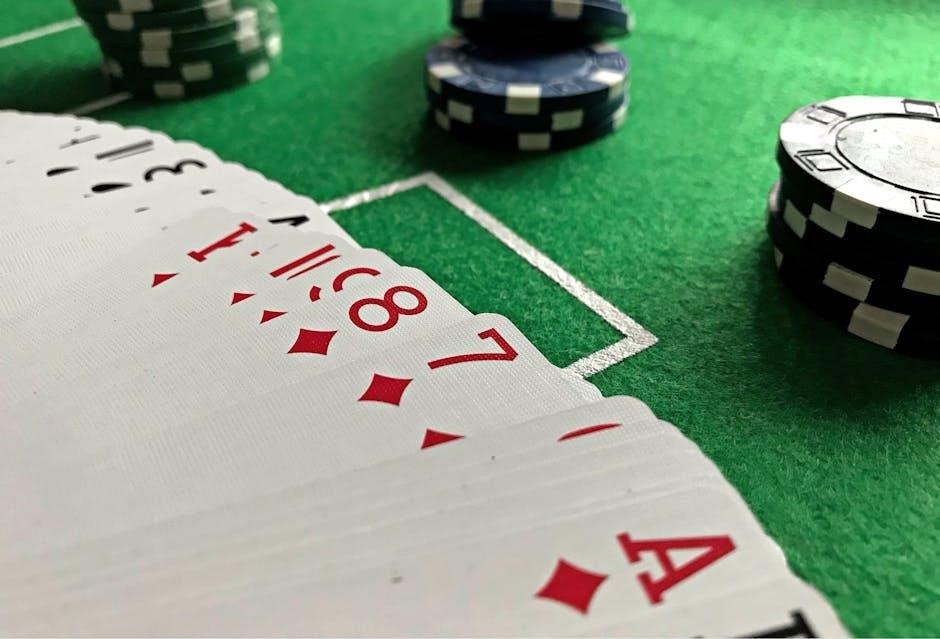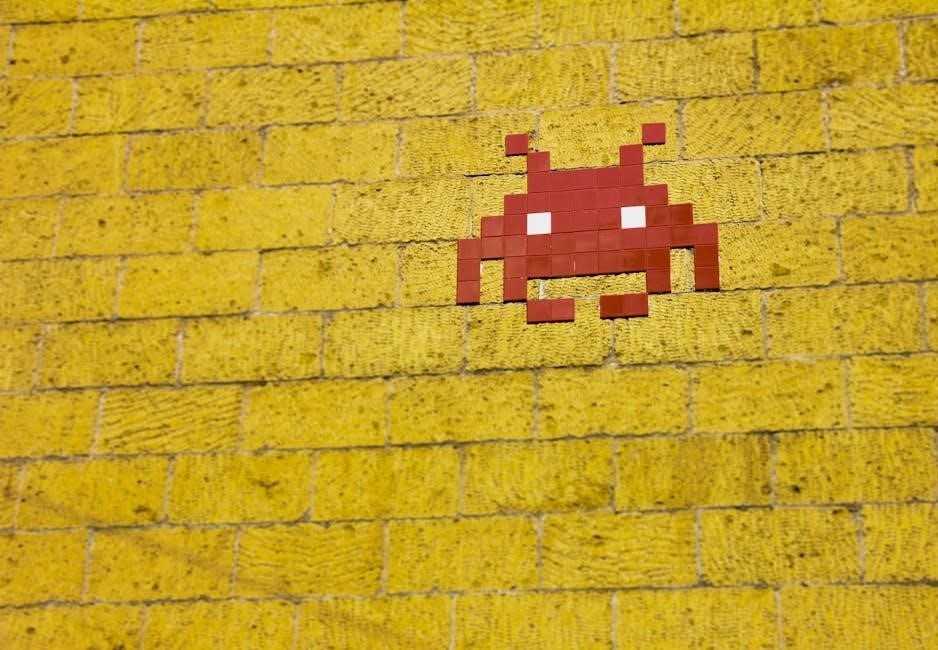Math games with a deck of cards are fun and educational, using
- ordered lists
to create engaging activities for children to learn mathematics concepts easily and quickly every day.
Properties of Cards
A standard deck of cards has 52 cards and four suits: hearts, diamonds, clubs, and spades, which are essential properties to understand when playing math games with a deck of cards. The deck includes numbered cards from 2 to 10, as well as face cards like jack, queen, and king. Each suit has 13 cards, and the deck can be used to teach various mathematical concepts, such as probability, patterns, and numbers. The properties of cards, including their suits and values, can be utilized to create engaging math activities for children. By understanding the properties of cards, parents and educators can design games that cater to different learning needs and abilities. The deck’s structure and organization make it an ideal tool for teaching math concepts in a fun and interactive way, using lists like
- unordered lists
to explain the different suits and their properties.
Importance of Shuffling Cards
Shuffling cards is a crucial step in math games with a deck of cards, as it ensures randomness and unpredictability. By shuffling the deck, players can avoid patterns and sequences that might influence the game’s outcome. A well-shuffled deck provides an equal chance for each card to be drawn, making the game more exciting and challenging. The importance of shuffling cards lies in its ability to introduce an element of chance, which is essential for many math games. Using a shuffled deck, players can develop their problem-solving skills, critical thinking, and decision-making abilities. The process of shuffling cards can be explained using
- ordered lists
, highlighting the steps involved in creating a randomized deck. By emphasizing the importance of shuffling cards, players can appreciate the value of chance and probability in math games, leading to a more engaging and educational experience. Shuffling cards is a simple yet essential step in preparing for math games with a deck of cards.
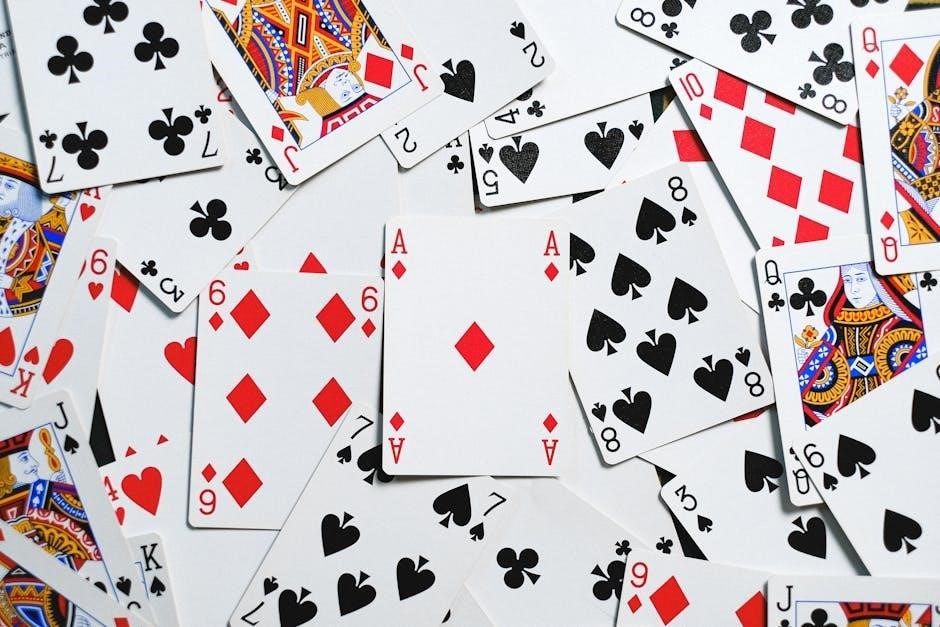
Setting Up the Game
Using a standard deck of cards, create a fun and
- unordered list
of math games for children to enjoy and learn easily.
Shuffling the Deck
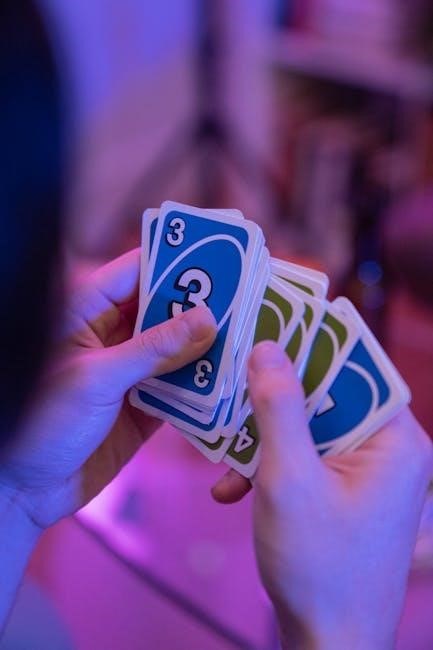
To begin a math game with a deck of cards, it is essential to shuffle the deck properly, this can be done by using a
- step-by-step method
to randomize the order of the cards. Shuffling the deck ensures that the cards are well mixed and that each player has an equal chance of drawing any card. A standard deck of cards has 52 cards, and shuffling them can be a bit tricky, but with the right technique, it can be done efficiently. The
- importance of shuffling
cannot be overstated, as it helps to prevent any bias or predictability in the game. By shuffling the deck, players can focus on the math game at hand, rather than trying to figure out the order of the cards. This simple step can make a big difference in the overall enjoyment and fairness of the game.
Arranging the Cards
After shuffling the deck, the next step is to arrange the cards in a way that is conducive to the math game being played. This can involve creating a
of cards, with each card placed in a specific position. The arrangement of the cards can vary depending on the game, but it is essential to ensure that each card is visible and accessible to the players. A
- list of instructions
can be provided to guide the players in arranging the cards correctly. The arrangement of the cards can also be used to create a sense of excitement and anticipation, as players wait to see which cards will be drawn next. By arranging the cards in a logical and organized manner, players can focus on the math game at hand, and enjoy a fun and challenging experience. The arrangement of the cards is a crucial step in setting up the game.
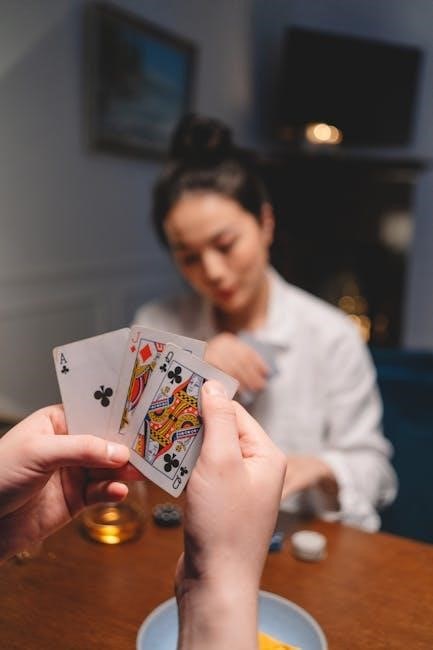
Math Games with a Deck of Cards
Using a deck of cards to play math games is a fun way to learn, with many activities and
- ordered lists
available to engage children every day.
Addition Number Battle
The Addition Number Battle game is a fun and interactive way to practice addition skills, using a standard deck of cards to create a competitive and engaging activity for children.
The game is played by two players, each drawing two cards from the deck and adding the numbers together to get a total.
The player with the highest total wins the round, and the game continues until a predetermined number of rounds have been played.
The Addition Number Battle game can be adapted to suit different age groups and skill levels, by using different types of cards or by introducing additional challenges, such as timed rounds or penalty cards.
The game is a great way to develop mental math skills, as well as to practice addition facts and build confidence in math abilities.
The use of a deck of cards makes the game portable and easy to set up, and the competitive element adds an extra level of excitement and engagement for children.
Overall, the Addition Number Battle game is a great way to make math practice fun and engaging, and to help children develop a strong foundation in addition skills.
Pyramid of Face Up Cards
The Pyramid of Face Up Cards is a math game that involves creating a pyramid shape with a deck of cards, where each card is placed face up and overlapping the one below it.
The pyramid is built with one card at the top, two cards on the second level, three cards on the third level, and so on, until there are six cards at the bottom;
Only the cards that are fully uncovered can be used to play the game, and players can use these cards to practice math skills such as addition, subtraction, multiplication, and division.
The game can be adapted to suit different age groups and skill levels, by using different types of cards or by introducing additional challenges.
The Pyramid of Face Up Cards game is a great way to develop problem-solving skills and to practice math facts in a fun and interactive way.
The use of a deck of cards makes the game easy to set up and play, and the pyramid shape adds an extra level of visual interest and challenge.
Overall, the Pyramid of Face Up Cards game is a great way to make math practice fun and engaging.
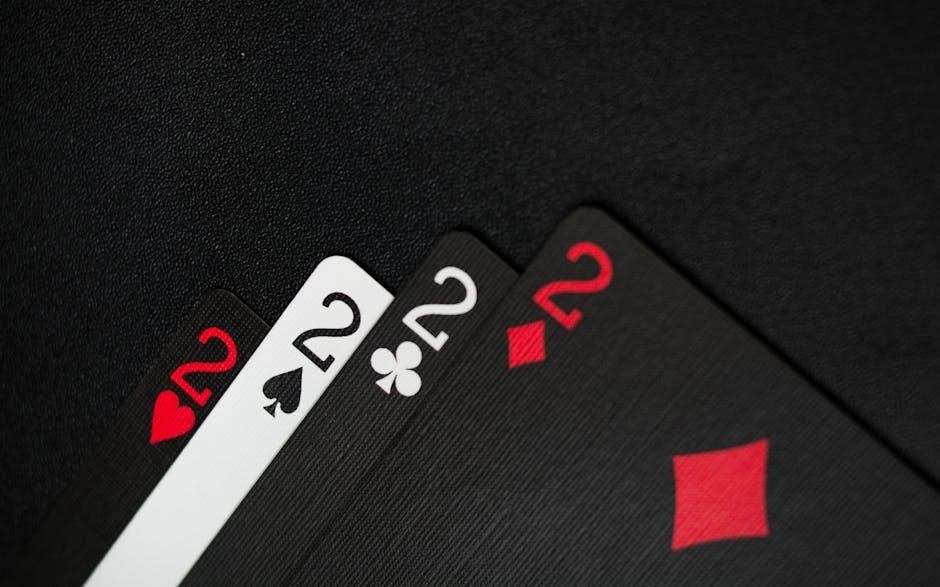
Tips for Playing Math Card Games
Using a standard deck of cards and assigning values to each card is essential for playing math card games effectively every time with different players.
Assigning Values to Cards
To play math card games, assigning values to cards is crucial, and this can be done in various ways, depending on the game and the level of the players.
The values assigned to the cards can vary, with the Ace often being worth one or eleven, and the face cards having different values, such as ten for the Jack, Queen, and King.
Using a standard deck of cards, players can assign values to each card, and this can help to create different math problems and games, such as addition, subtraction, multiplication, and division.
The values assigned to the cards can also depend on the specific game being played, and players can use their imagination to create new and exciting games.
By assigning values to cards, players can create a wide range of math problems, from simple to complex, and this can help to make math more fun and engaging for children.
Using cards to play math games can also help to develop problem-solving skills and critical thinking, and can be a useful tool for teachers and parents.
Creating 2-Digit Numbers
Creating 2-digit numbers is an essential part of math card games, and it can be done by combining two cards, with one card representing the tens digit and the other card representing the ones digit.
Using a deck of cards, players can draw two cards and create a 2-digit number, with the first card being the tens digit and the second card being the ones digit.
For example, if a player draws a 4 and a 7, they can create the 2-digit number 47.
This game can help children to understand the concept of place value and how to create 2-digit numbers.
The game can also be modified to create 3-digit numbers by drawing three cards, with the first card being the hundreds digit, the second card being the tens digit, and the third card being the ones digit.
By creating 2-digit numbers, children can develop their math skills and improve their understanding of numbers and place value, using a standard deck of cards and their imagination.
This game is a fun and interactive way to learn math concepts, and it can be played with a group of players or individually.
Math games with a deck of cards are an excellent way to make learning math fun and engaging for children, using a simple deck of cards to create interactive games.
The games can be adapted to suit different age groups and skill levels, making them accessible to all children.
By using a deck of cards, children can develop their problem-solving skills, hand-eye coordination, and strategic thinking, all while having fun and enjoying the game.
The games can also be played in a variety of settings, including at home, in the classroom, or with friends, making them a great way to encourage social interaction and teamwork.
Overall, math games with a deck of cards are a great way to make learning math enjoyable and interactive, and they can be a valuable resource for parents and teachers looking for new ways to engage children in math education, using a standard deck of cards and a little creativity.
The benefits of these games are numerous, and they can be a great addition to any math curriculum, providing a fun and interactive way to learn math concepts.
